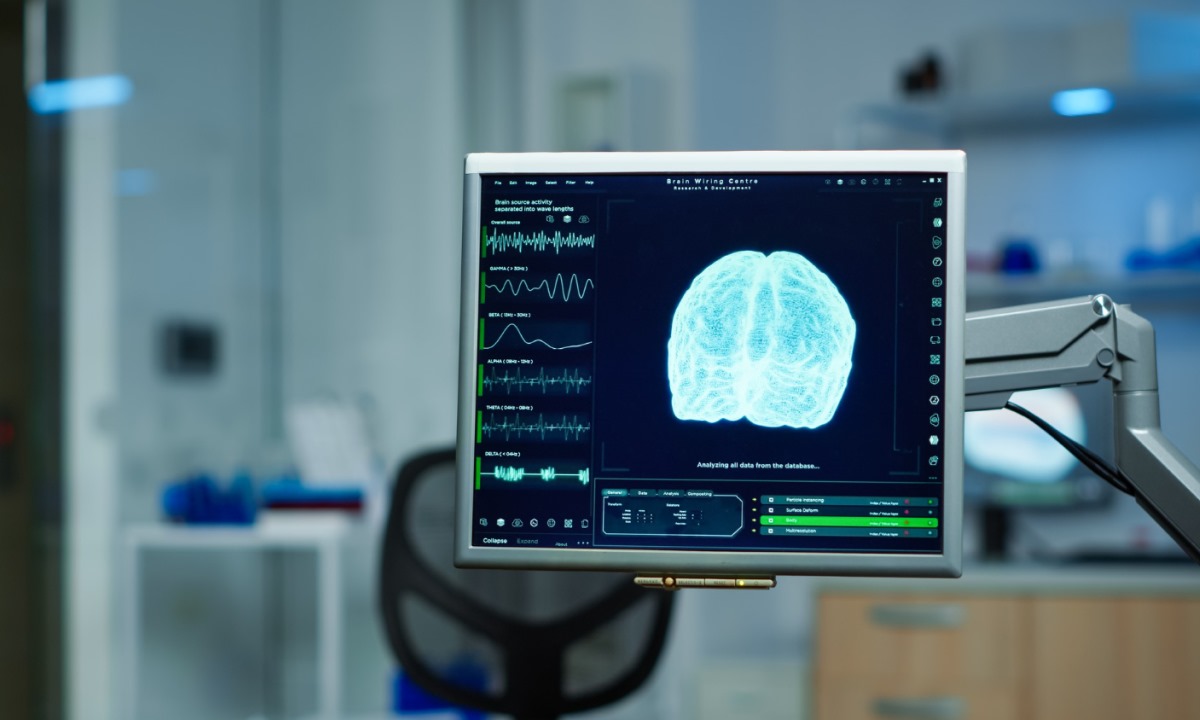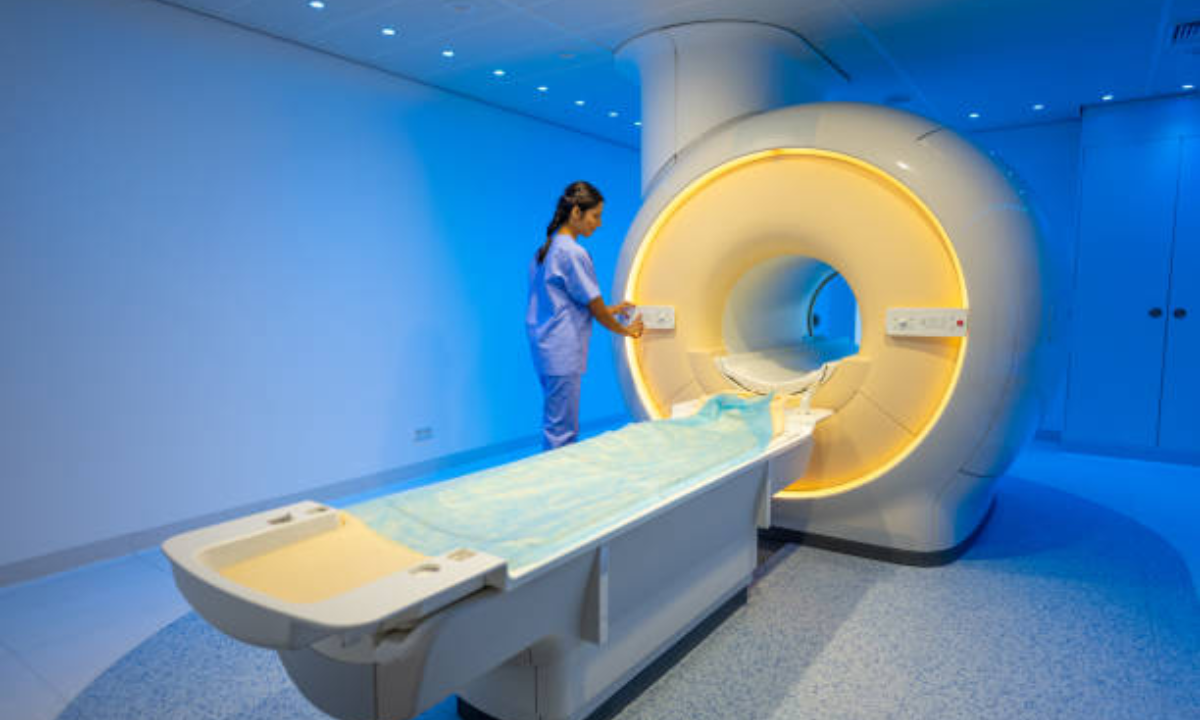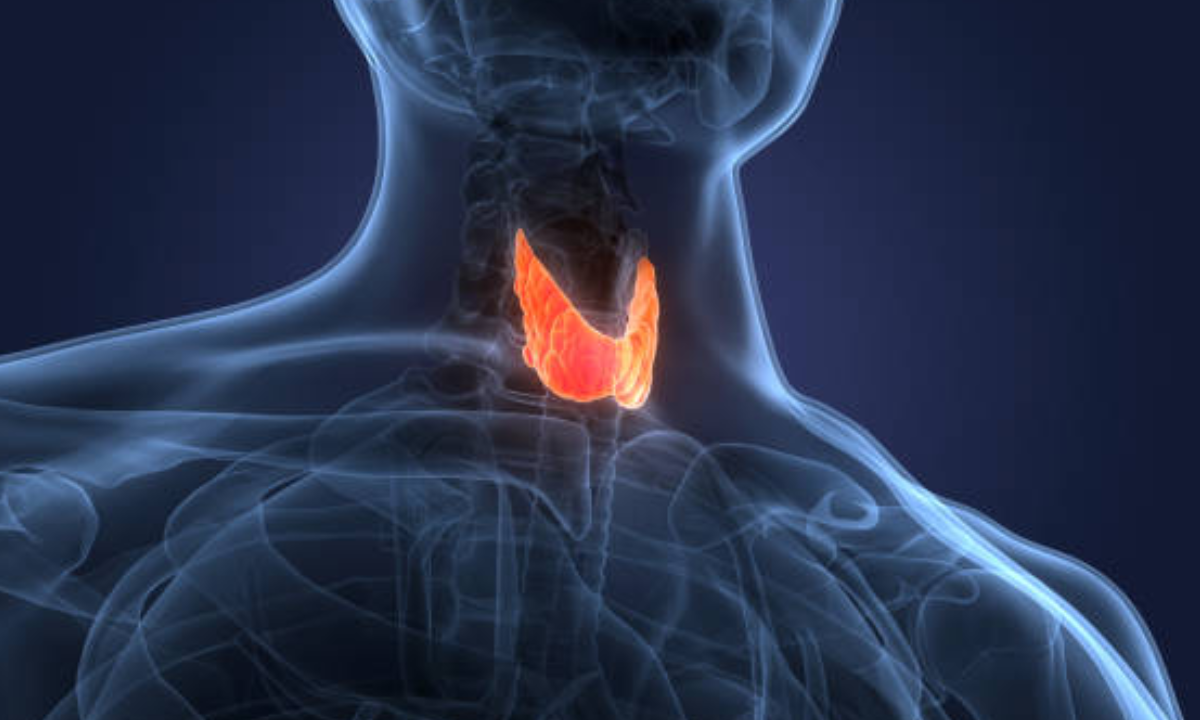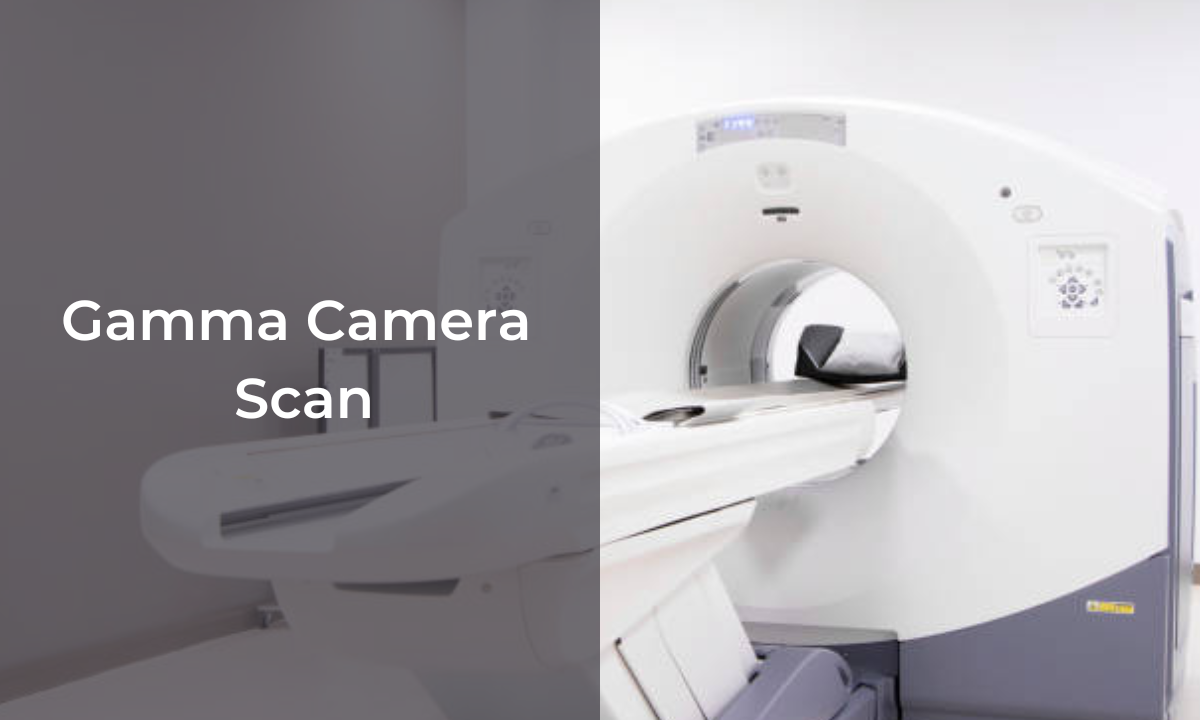Introduction
Human thinking, behaviour, and emotion are all controlled by the brain. It directs our everyday activities, determines our behaviours, and affects our social behaviour. However, it has remained challenging to comprehend the intricacies of how the brain works, particularly regarding mental health. The discipline of psychiatry, devoted to mental health, often depends on clinical observations and diagnoses based on symptoms, skipping the chance to physically examine the organ it intends to cure. Brain SPECT (single photon emission computed tomography) imaging has the potential to completely change how we understand and treat mental health issues.
Brain SPECT Imaging: A Look into the Brain
Psychiatrists and other medical experts may better understand how the brain works because of the sophisticated mapping method known as brain SPECT imaging. SPECT offers a window into how the brain functions in real-time, unlike conventional imaging methods that only concentrate on anatomical elements. It looks at cerebral blood flow and activity, providing essential details about the parts of the brain that work best, the overactive and underactive parts.
Brain SPECT imaging has been a valuable diagnostic technique for diseases including strokes, seizures, and brain tumours since the 1970s. In the 1980s, its uses included researching mental health issues, including Alzheimer’s illness, schizophrenia, depression, ADHD, and drug misuse. The assessment of disorders, including dementia, seizures, head trauma, chemical exposure, Lyme disease, brain inflammation, and medication toxicity, is now done by doctors all over the globe using SPECT scans.
Brain SPECT Imaging of High-Quality
Although a brain SPECT scan may appear simple to patients, creating reliable pictures designed explicitly for mental insights requires considerable skill. Imaging procedures must be consistent among patients for accurate, verifiable, and repeatable outcomes. The “surface” and “active” scans are the two main varieties of brain SPECT scans.
Brain activity patterns that are symmetrical and complete, as seen in a healthy “surface” scan from above, indicate areas that are working well. As the goal is to detect places with minimal activity, the colour is less important than the form in this situation.
On the other hand, a healthy “active” scan reveals the areas of the brain that are most active. The most active regions are shown by red (or red and white), while blue denotes average activity. The cerebellum, located at the rear and bottom of the brain, is the most active area during healthy scans. The cerebellum contains half of the brain’s neurons, making up just 10% of its total volume.
Spect imaging is distinct from other imaging methods.
While SPECT imaging and MRI investigations both provide 3D pictures of the brain, their objectives are quite different. While MRI highlights brain anatomy, SPECT sheds light on how the brain functions. While more expensive than SPECT, another imaging method is similar to it: PET. Unlike MRI, which records structure, SPECT and PET scans provide information on healthy, hyperactive, and underactive brain areas. Advanced MRI technology that examines brain activity is called functional MRI (fMRI). This technology is primarily used in scientific research and less often in clinical settings. In contrast, SPECT is good at exposing routine cognitive processes because it records average brain activity over a short period. Additionally, compared to fMRI and PET, SPECT imaging provides a more pleasant technique since the pictures are taken before the injection phase rather than while the patient is within the scanner.
Benefits of SPECT Imaging for the Brain
Neuroimaging’s incorporation into psychiatry hints at the field’s bright future. By revealing complex intricacies in brain activity, brain SPECT imaging offers a paradigm-shifting method that makes it possible to provide tailored therapies. Traditional psychiatry, which relies on symptom grouping and observations, may now use a diagnostic technique that is more thorough and precise. Significantly, SPECT scans shift the focus of mental health concerns from ethical dilemmas to physical disorders, promoting empathy comprehension and lowering stigma. Brain SPECT imaging enables people to discover the root causes of many mental health and cognitive issues, opening the door for customised treatments and improved quality of life.
Conclusion
Brain SPECT imaging, which provides a comprehensive insight into brain activity and makes it possible for tailored therapies, is at the forefront of mental health diagnostics. This cutting-edge technology can change how mental health disorders are identified and treated by illuminating brain activity patterns. Brain SPECT imaging can usher in a new age of accuracy and compassion in mental health treatment as the future of psychiatry develops.






